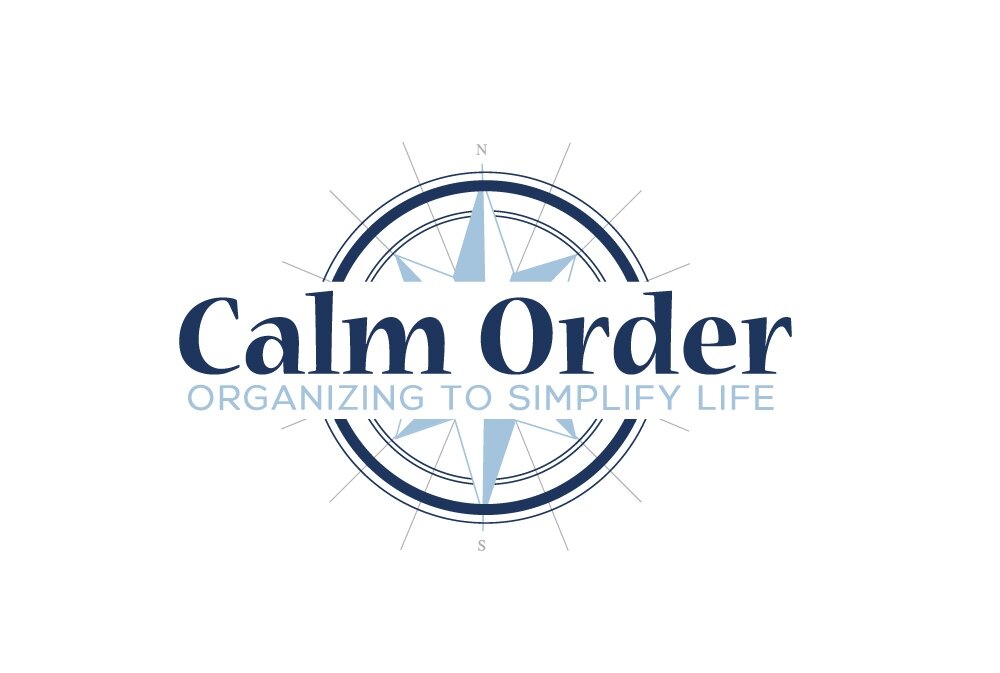It’s not just a person’s physical spaces that can accumulate clutter.
For many people, the email inbox is almost always flagged with unread messages. With multiple emails coming in daily, it’s no wonder they can begin to pile up to the point that there doesn’t seem to be an end in sight. Just when it looks like everything has been dealt with, there always seems to be more waiting at the top of the list.
Whether it is a personal inbox or work inbox, it can be extremely helpful to take the time to get the main inbox organized and establish a process for all incoming messages to prevent any more major pile ups. This way, people can stay on top of any incoming mail, increase their productivity, and find old messages or information need easily.
The first step to tackling the huge inbox of messages is to create a new folder labelled as the Storage Inbox. Transfer all the messages that are currently in the inbox into this folder. This helps start the inbox off fresh and clean so it will be easier to handle anything that comes in the meantime.
However, all those messages in the Storage Inbox can’t just be ignored. Think through what common themes there are amongst all the messages. For example, are there a lot of flyers and newsletters? Emails about a child’s school or sports team? Taxes? Whatever the categories are, use these to create new subfolders in the inbox. Start going through the messages in the Storage Inbox and begin to transfer them into the appropriate folder, creating any additional folders as needed. Utilize the tools and resources in the email platform to search for related messages, senders, and subjects to make this process easier and faster.
While this will help solve the problem of messages that are currently in the inbox, this problem will only continue if a solution is implemented for all new messages. Setting up smart inboxes or creating rules in the email account is a great way to ensure all incoming messages end up where they need to go. For example, all subscription emails can be set up to go to a specific folder (or even the junk folder if there are too many!) so they don’t just sit in the inbox and can easily be found if needed. These can even be organized by person if working on a project that needs to be managed from a specific person. For people renovating their home, consider adding the contractor, builder, or any other trades/professionals to a smart inbox so all the emails are always kept in one place.
The process may be a bit time consuming at the start, but once the inbox is completely set-up, it will save a lot of time and effort in the future. An organized inbox can have a significant effect on organization in other areas of life – so why wait any longer?
Learn more about setting up an inbox the right way here (for Apple mail) and here (for Outlook mail).













